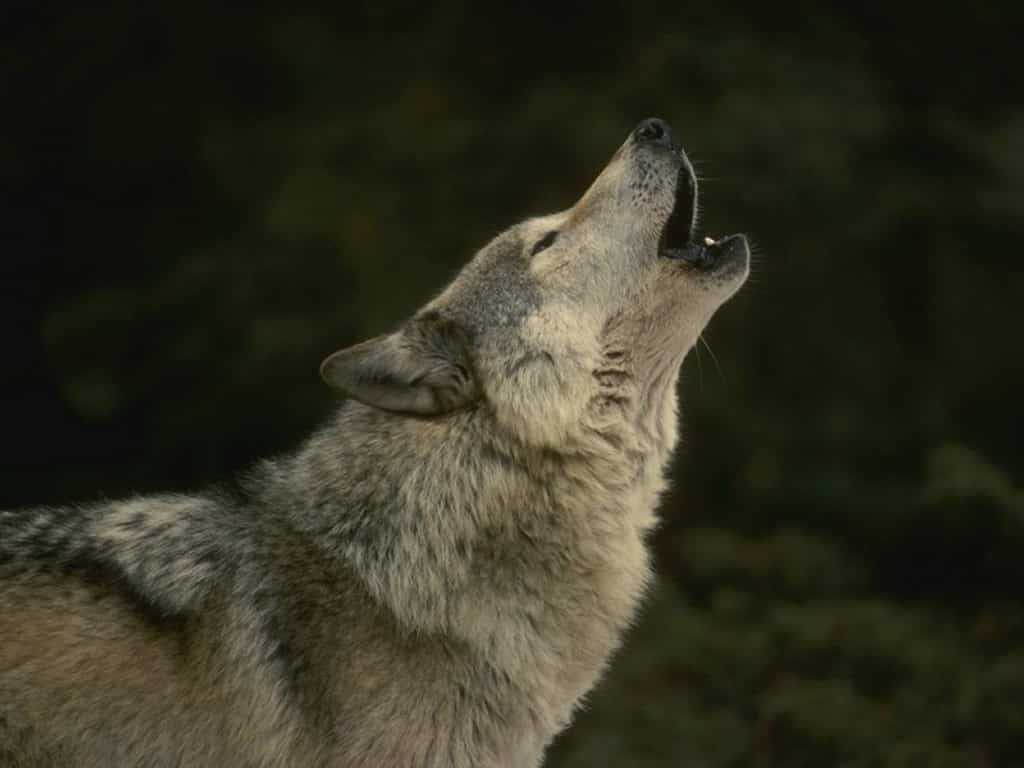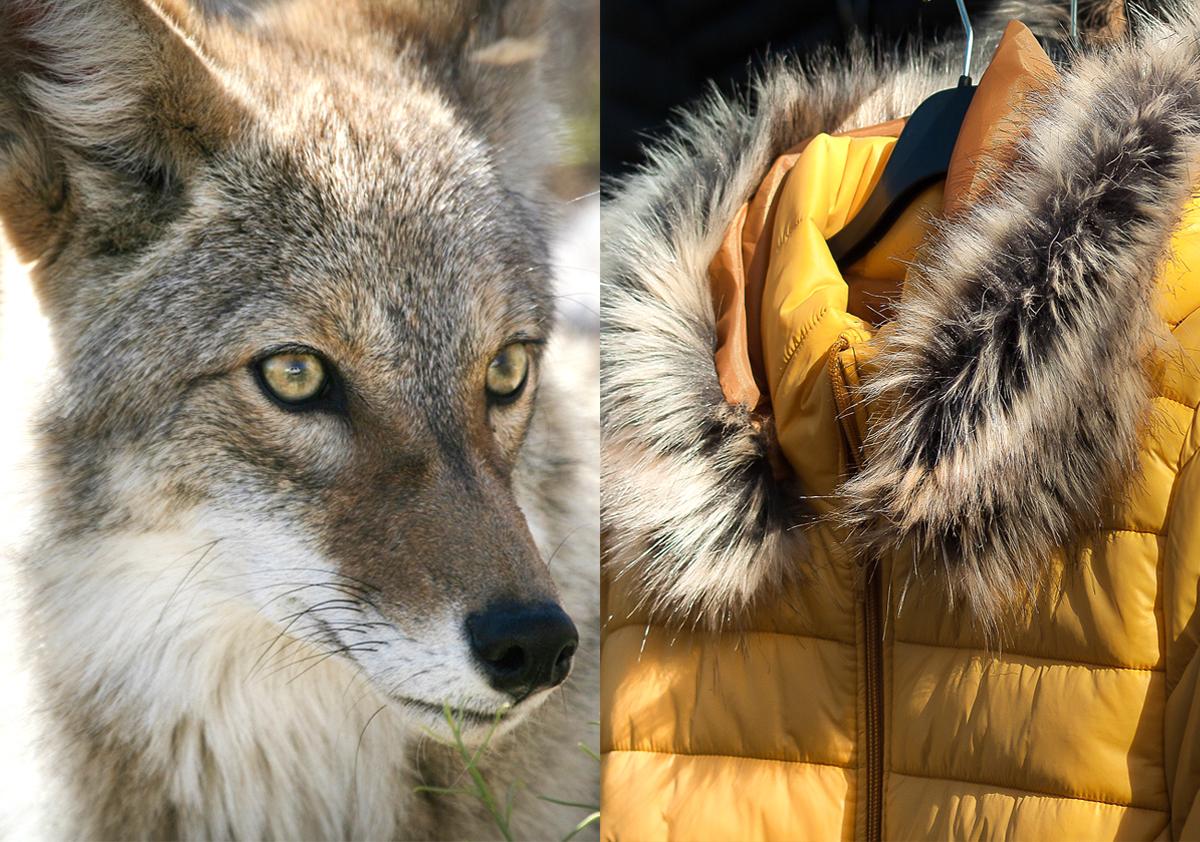
[dropcap]C[/dropcap]ritical studies on the animal question are practically unanimous in relating the intensification of animal exploitation to the capitalist mode of production. Nevertheless, the vast majority of Marxists are unaware of this discussion, and eco-socialism itself is rather timid in punctuating the contradictions regarding animal abuse, as can be seen in the International Ecosocialist Manifesto, which at no time mentions the animal issue.
Analyses of the relationship between humans and other animals are hegemonized by liberal and poststructuralist theories, which the Marxist philosopher Marco Maurizi calls “metaphysical anti-speciesism”. According to Maurizi, they are moralizing and disregard the totality of the historical processes which led to the systematic exploitation of animals, placing the human being as generically responsible for this social practice.
In the academic field, the struggle for animals also focuses on movements in conformity with bourgeois society, partly as a result of the predominance of liberal ideology, but also of Marxist neglect regarding the degrading situation in which animals under the custody of capitalist industry are found.
A forerunner of the “animalist” debate within Marxism, Ted Benton, was one of those responsible for criticizing the anthropocentric characteristic of Marxian work. The defence against this criticism has been highlighted in the works of Foster, Stache, Clark and Saito, claiming that, contrary to the accusations of Benton and other ecologists, Marx was one of the first to point out the metabolic disruption between man and nature, caused by capitalism.
In spite of Marx having written about the objective consequences of land and the alienation of man from nature , he did not focus on studying the relationship between humans and other sentient beings. This was not the first time that Marx would have overlooked a determinant category for the emergence and maintenance of capitalism, as he did in relation to unpaid work of women in social reproduction.
It is evident, nevertheless, that Marxist anthropocentrism is concerned with the centrality of human historical activity as a transformer of its environment and sociability, and not of contempt for other animals. When Marx raises human activity to the level of planned work compared to the instinctual work of other animals, he exposes the differences between both activities and at no time invokes a natural right of humankind to other animals due to the fact of the latter’s work be mostly immediate.
In short, the debate regarding whether Marx was speciesist or not is irrelevant, since being anachronistic it must not overlap with the historicity of animal manipulation. Historical materialism seeks to understand a time and its phenomena based on its mode of production and its consolidation throughout history. Hence, the lack of Marxian animal studies, shouldn’t be more important than the animal exploitation itself, which is one of the most common and naturalized social practices in the current mode of production.
The vast Marxian work counts with various references to animals, all of which are descriptive or comparative, such as when he describes the expulsion of peasants for the transformation of their crops into sheep pastures in England, or when he tries to explain, through the activity of bees, the difference between human labour and the work of other animals. It is evident, however, the predominance of an unconcerned narrative towards them. Descartes’ mechanistic materialism, which compared animals to clocks, still influenced the thinking of the time and it was fundamental in legitimizing the use of animals as inanimate goods by the new capitalist order. In other words, we do not exploit animals because we think they are inferior, on the contrary, we consider animals as inferior because we exploit them.
In addition, the commodification of animals in the nineteenth century and earlier centuries took place on a much smaller scale than we know nowadays and has developed as technological improvements and transformations in the mode of production evolved. As capitalism advanced, animals were no longer used primarily for the purposes of certain forms of social reproduction (feeding, traction, clothing and transportation, etc.) – but instead were used as means of production for the purpose of accumulation and value aggregation. The food, pharmaceutical, cosmetic and fashion industries are currently the largest animal exploiters and together they make up one of the world’s leading economic sectors. They are responsible for the incarceration, torture, mutilation, sexual exploitation and death of billions of animals every year. In the agrarian sector alone, the animal industry is responsible for 40% of world revenues and for the predominance of land use.
Nowadays there is consensus on the well-being of pets. These, included in the sphere of moral consideration and consumption – through their tutors – are not subject to the systematic and widespread exploitation which animals owned by capitalists suffer. The domestic animal is even considered as a family member, a resident of the house, having its interests normally met, its emotions considered and its comfort and safety normally guaranteed, which even configures a new type of household. Homeless animals also rely on the population’s efforts to be sheltered and fed, even if this is not always objectively possible. Besides, pets are usually protected against abuse by law. On the other hand, animals that are domesticated by the industry are viewed as commodities by capitalists. They are sold as processed products, separated from their living and sentient origin and all the harmful processes of production. Fetishism, in this case, not only dehumanizes by suppressing all the work contained in those so-called commodities and by alienating both the worker, whose duty it is to kill, and the consumer. It also de-animalizes them by depriving the animals of their natural life, disregarding their sentience, exploiting and slaughtering them to be transformed into a product for the purpose of capital accumulation.
Due to the impossibility of animals organizing themselves to resist the oppression they suffer, they are taken as natural resources that are transformed into a means of production. Because they are not labour sellers or consumers, animals cannot independently integrate economically into bourgeois society. This difference puts them at a disadvantage compared to other oppressed groups, even the most oppressed among humans, who are able to organize and claim their interests collectively. This difference is what makes humans the subjects of their own liberation, whilst animals are objects of liberation.
The autonomous instinct for animals is to resist individually. In this sense, it is through the bourgeois state that control over animals is ensured in order to meet the interests of corporations. Capitalists are permitted to indulge in the most degrading practices to contain the resistance and the natural behaviour of animals, ignoring their ability to suffer. These practices include – but are not limited to – incarceration and mutilation and are considered as legitimate ways to prevent injury and death by the scientific and legal community.
The infliction of suffering in order to contain the natural expression of the animal masks itself as an ethical measure by alleging to prevent animals from being injured, when in fact it is about avoiding damage to the value of the asset. These measures aim to remedy a situation of conflict caused by the capitalist industry itself by imposing an extremely artificial way of life on animals that are natural. In the end, these same animals will be injured and killed when it is in the owner’s interest that their raw material be transformed into products.
Lukács reminds us that Marx has always criticized every romantic veneration for the less evolved past, every attempt to employ it against objectively superior developments. He also highlights the gigantic difference between becoming the other through a spontaneous and involuntary biological process of adaptation to new natural facts or as a result of one’s own social praxis. In this sense, the exploratory relationship between humans and other animals is part of a spontaneous process, which in the past took place in a metabolic way, evolving to become a social practice that met the needs of the growing population and which, in the last century, has become a destructive economic practice due to the endless profit capitalist essence. This practice no longer corresponds to natural or historical needs, due to the development of the forces of production, which would enable other ways to obtain food and other resources that we previously obtained through animals, at the cost of their suffering and withdrawal of their autonomy. Modern technology outperforms the animal industry with respect to the production of organic and synthetic materials, as well as agroecology, proposed by social movements for land reform and use, outperforms agribusiness for its effectiveness in relation to soil recovery, preservation of biodiversity, total production and, consequently, food quality.
Malm affirms that presenting certain social relations as if they were natural properties of the species is not new. De-historicizing, universalizing and naturalizing a specific mode of production of a given time and place are part of the classic strategies of ideological legitimation. By no means is any human social practice justified in itself, since already detached from immediate natural needs, human practices are historical and, therefore, political. Revolutionary praxis proposes to overcome the spontaneity of common sense in order to instead build a critical and coherent conception of the world. The current level of development of the productive forces allows us to think about resolving the issue of animal suffering and its inclusion in the struggle for emancipation, since the further we move from animality and the more we develop our ability to modify our environment and our form of sociability, the more obsolete the barbaric treatment of animals becomes.
It must be recognized, moreover, that due to ecological and social damage, the animal industries are irrational. The conversion of these industries into forms of production where we do not see the world through its commodities – but rather through its essence, as an ecologically sustainable, vegan and socially planned production – would be an appropriate socialist demand.
Marxist animal abolitionism therefore comprises the abolition of animal exploitation not through individual initiatives but through the end of private ownership of the means of production and their rational reorganization — at which time animals could be removed from the production relations with no harm to our own kind. However, while Marxism criticizes the overestimation of individual initiative by bourgeois liberal conceptions of the world, the revolutionary daily practice cannot be turned into a caricature, as Lukács reiterates. In this sense, “veganism is part of a revolutionary perspective”, Angela Davis affirms, and it is also important for the exercise of solidarity and denaturalization of oppressive practices by the working class. Furthermore, the issue of animal products is not just a matter of consumption, as such products are problematic in themselves due to the inherent violence involved in their production, regardless of the political and economic system in which it occurs.
Besides, fruitful debates and dialogues can be generated among the working class with concrete examples that it is possible to live in a dignified way without violating any animals. It is not the role of Marxists to soften the perception of the conflict between the capitalist mode of production and the welfare of humans, other animals and the natural environment. On the contrary, it is by highlighting and elucidating these conflicts and their everyday perception that working people turn to themselves. If animals are not part of our class because they are not humans, they are not part of the ruling class either, and they have much more in common with us than with them, whether that is in terms of exploitation, freedom deprivation or commoditization. The communist morality, as a development of the proletarian morality envisioned by Engels, can only be built on the rejection of all forms of oppression. Thus, considering the present relations of production, we must reject animal exploitation, incorporating the struggle for their liberation into the struggle for human emancipation, since there is no justification, other than bourgeois moralism, for the industrial application of suffering on animals.
Because animals lack the ability to enjoy freedom in the Marxist – political – sense, they cannot contribute to the social relations of production, and because they are sentient, they should not be treated as mere objects of human labour. They can, however, enjoy the freedom of nature, which is their fundamental right, as natural beings. The commitment of revolutionary praxis is to build the new and not to worship the traditions based on oppression. As Marx wrote in his youth, quoting Thomas Müntzer: “the creatures, too, must become free”.
Originally published in Lavra Palavra (in Portuguese):
O Marxismo e a Questão Animal
Banner Image: “Evolution of Revolution”, by Hartmut Kiewert, 2013
Thank you for visiting our animal defence section. Before leaving, please take a moment to reflect on these mind-numbing institutionalized cruelties.
 The wheels of business and human food compulsions—often exacerbated by reactionary creeds— are implacable and totally lacking in compassion. This is a downed cow, badly hurt, but still being dragged to slaughter. Click on this image to fully appreciate this horror repeated millions of times every day around the world. With plentiful non-animal meat substitutes that fool the palate, there is no longer reason for this senseless suffering. And meat consumption is a serious ecoanimal crime. The tyranny of the palate must be broken. Please consider changing your habits and those around you in this regard.
The wheels of business and human food compulsions—often exacerbated by reactionary creeds— are implacable and totally lacking in compassion. This is a downed cow, badly hurt, but still being dragged to slaughter. Click on this image to fully appreciate this horror repeated millions of times every day around the world. With plentiful non-animal meat substitutes that fool the palate, there is no longer reason for this senseless suffering. And meat consumption is a serious ecoanimal crime. The tyranny of the palate must be broken. Please consider changing your habits and those around you in this regard.
 Maximilian Werner is an Associate Professor (Lecturer) of Rhetoric and Writing Studies at the University of Utah. His most recent book Wolves, Grizzlies, and Greenhorns--Death and Coexistence in the American West will be published this fall. He can be reached at: mswerner@gmail.com and @ProfMWerner.
Maximilian Werner is an Associate Professor (Lecturer) of Rhetoric and Writing Studies at the University of Utah. His most recent book Wolves, Grizzlies, and Greenhorns--Death and Coexistence in the American West will be published this fall. He can be reached at: mswerner@gmail.com and @ProfMWerner. ![]()
![]() The Russian Peace Threat examines Russophobia, American Exceptionalism and other urgent topics
The Russian Peace Threat examines Russophobia, American Exceptionalism and other urgent topics
















